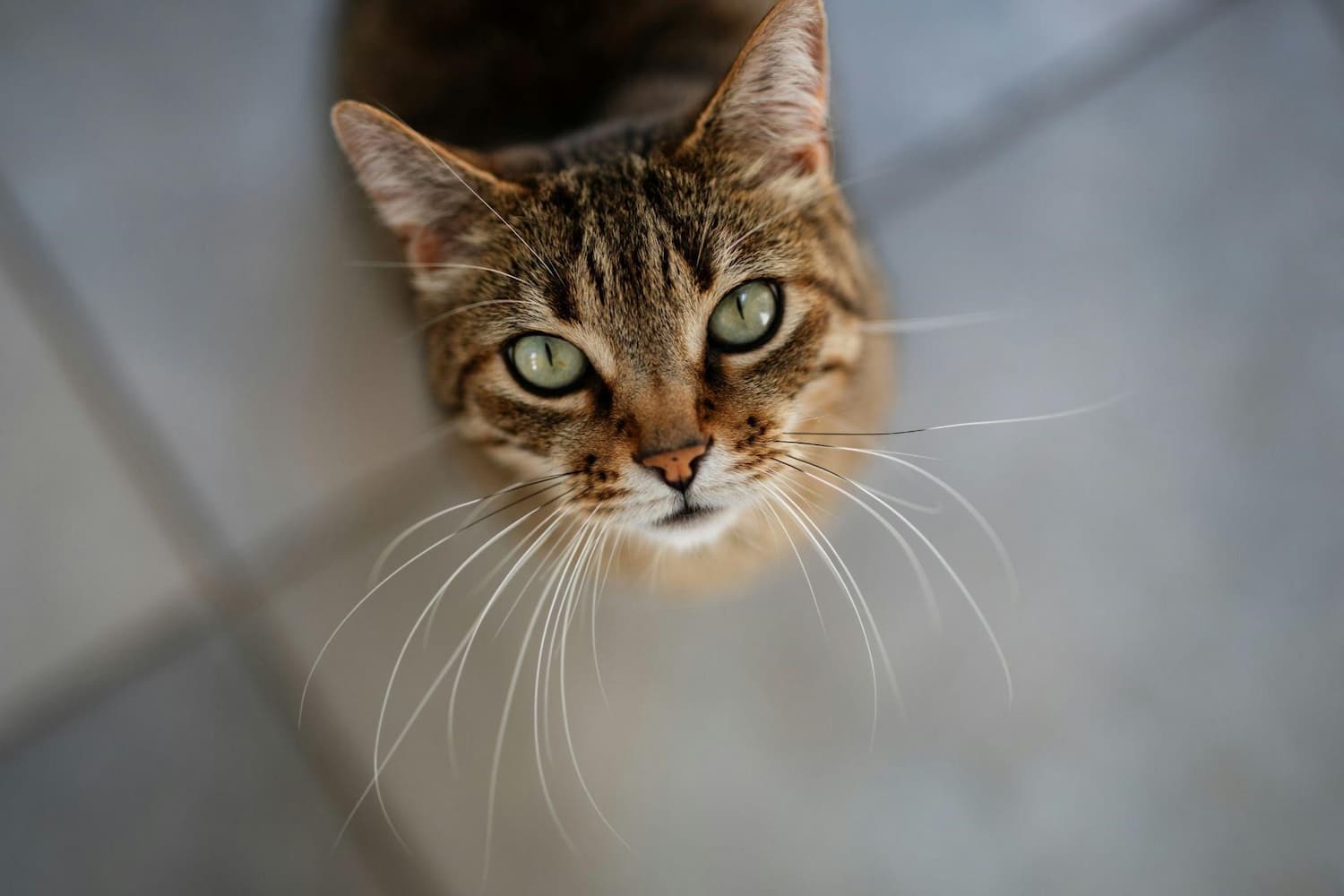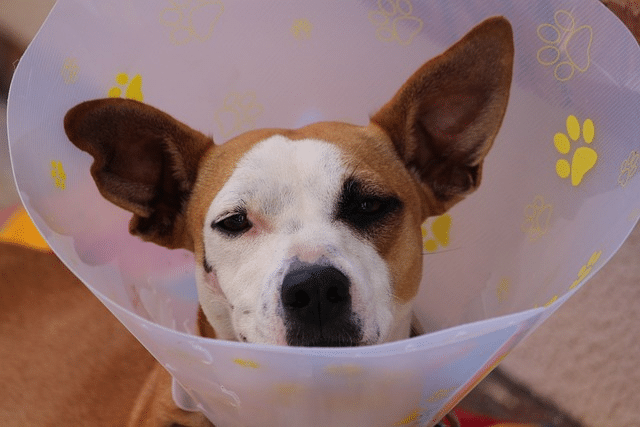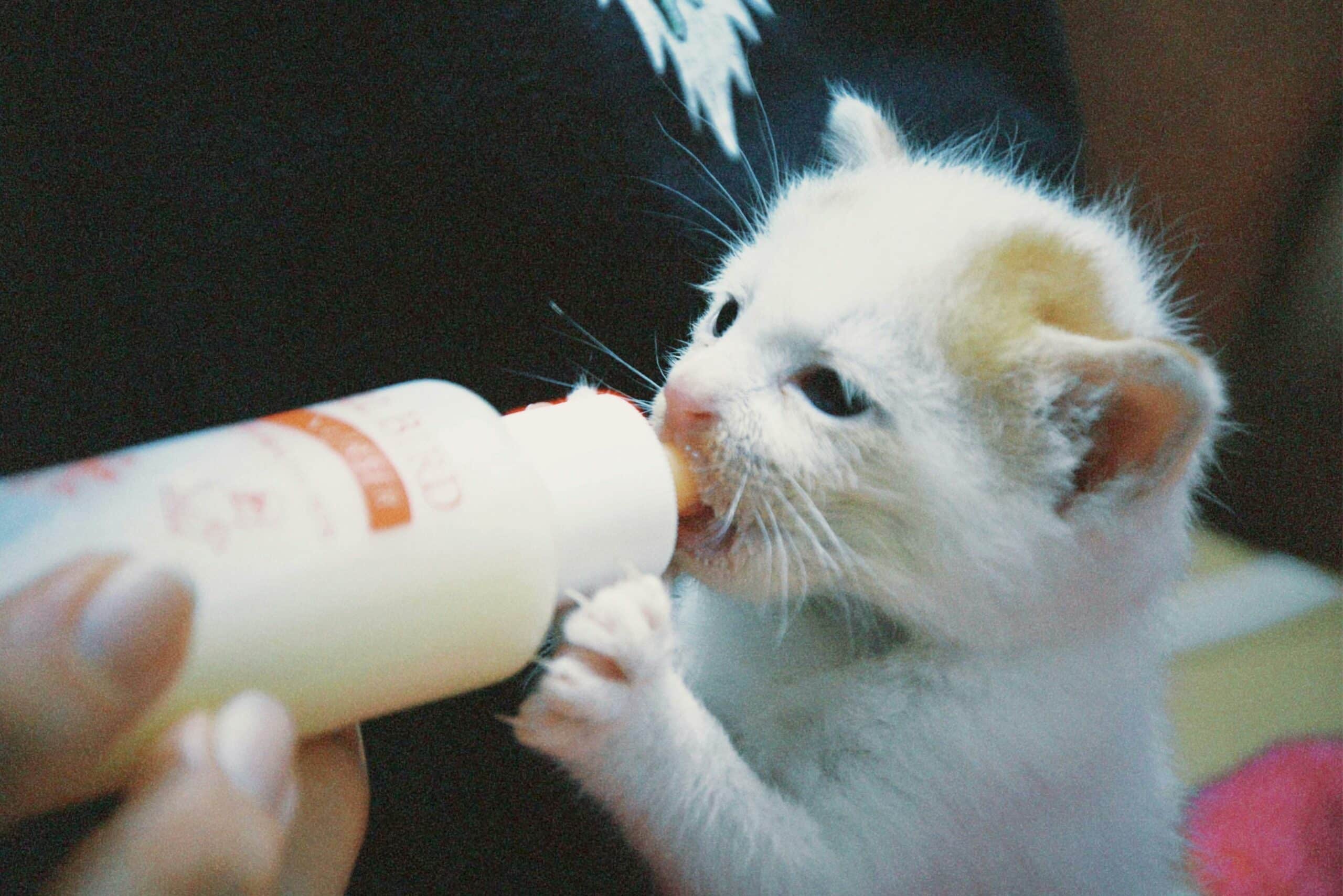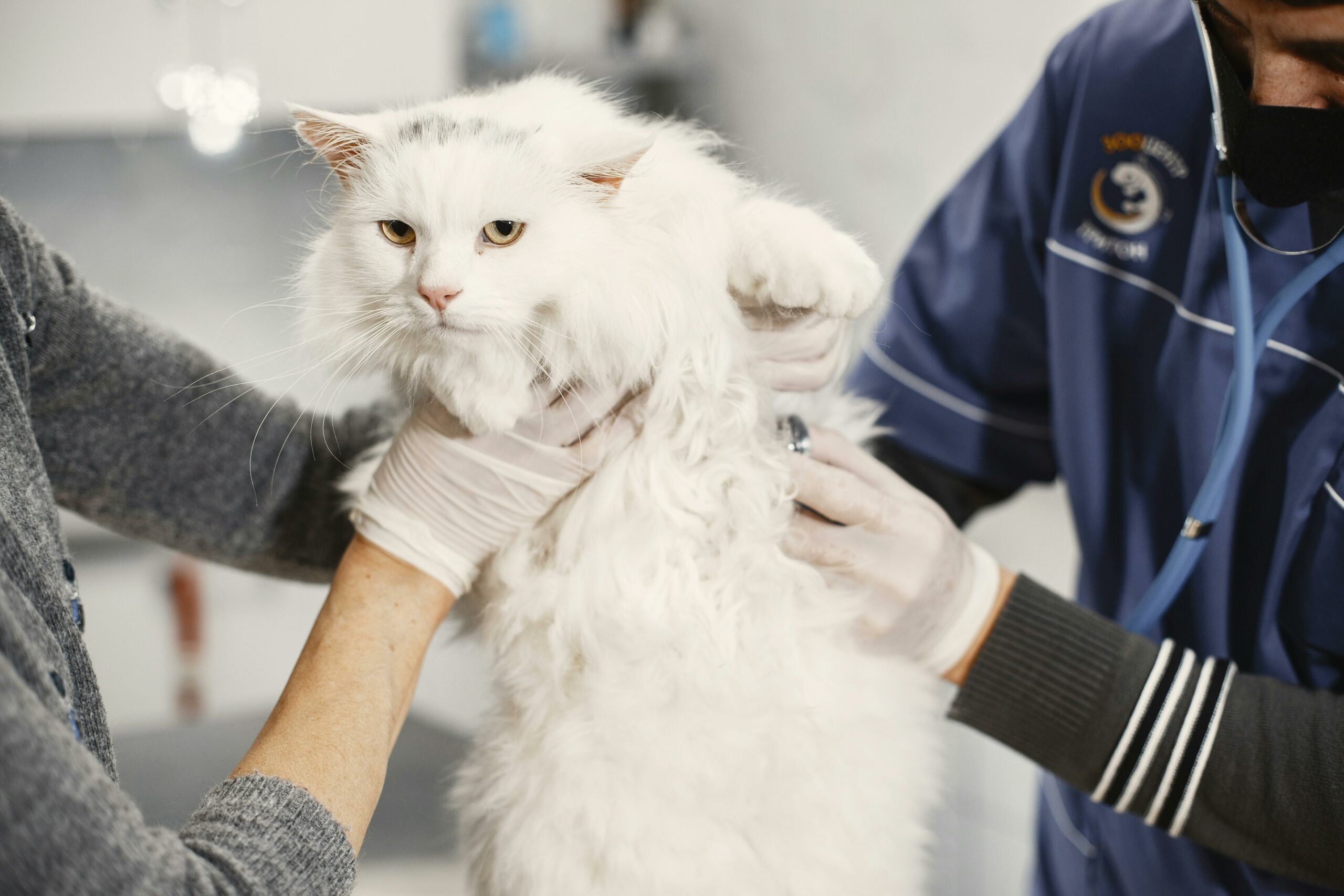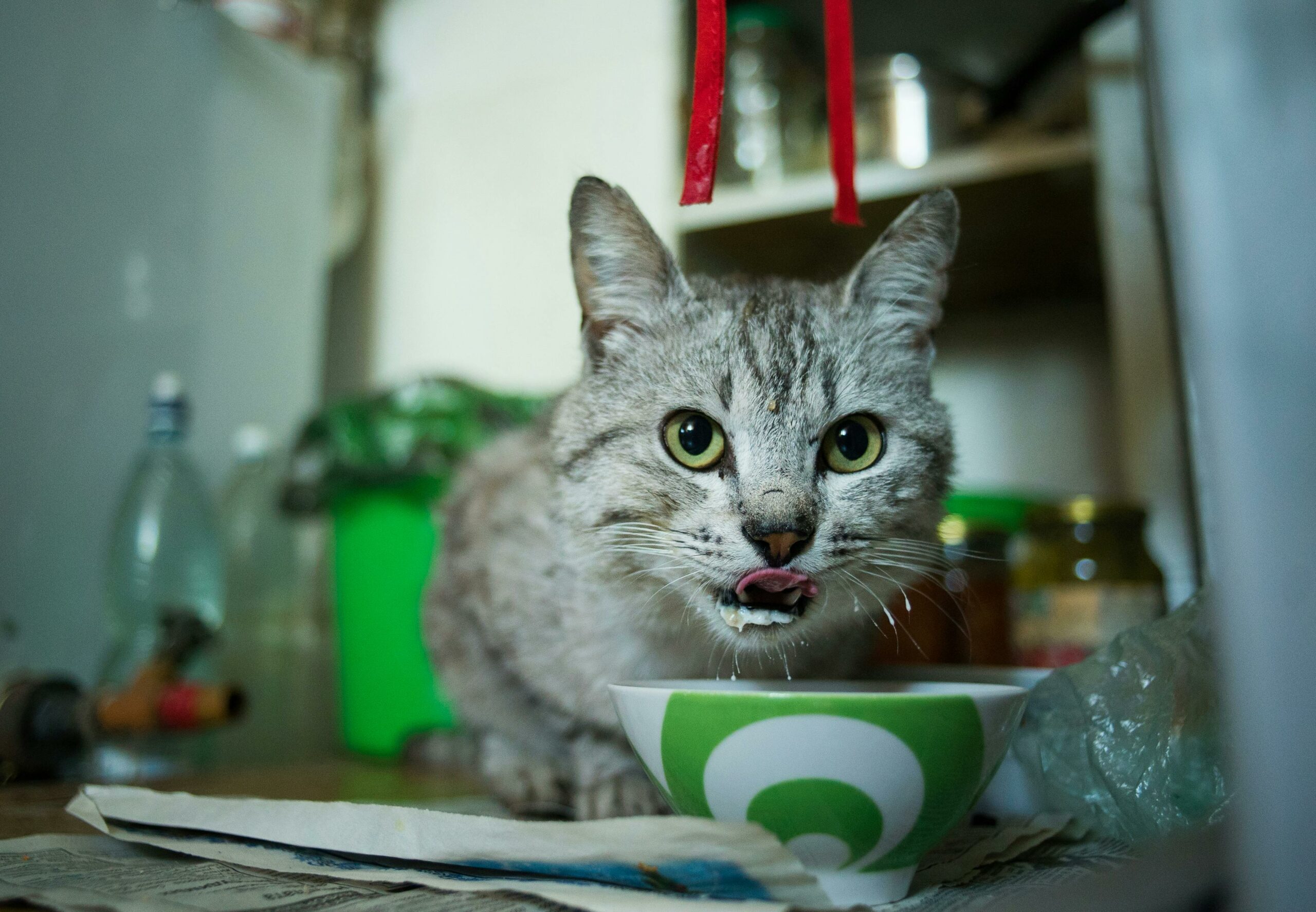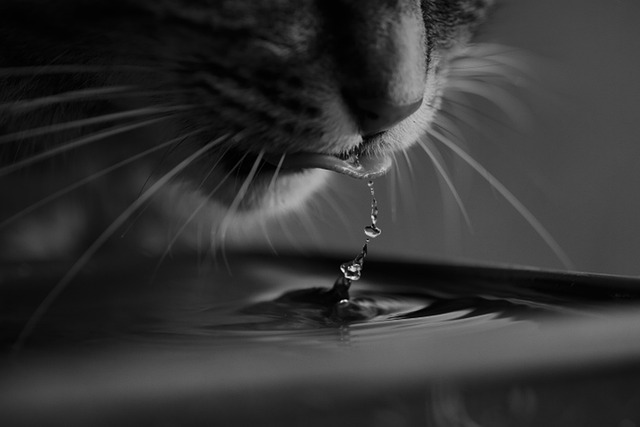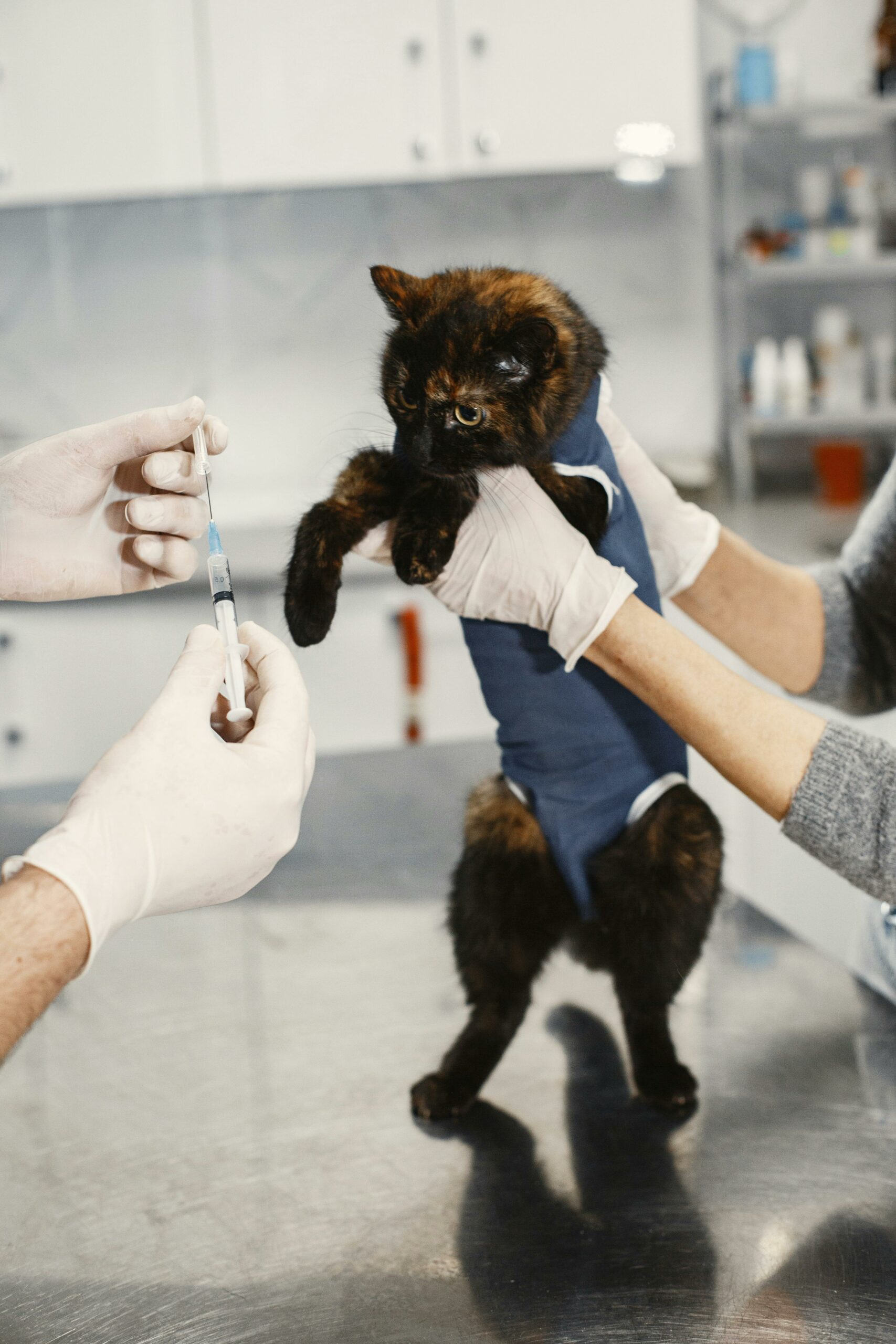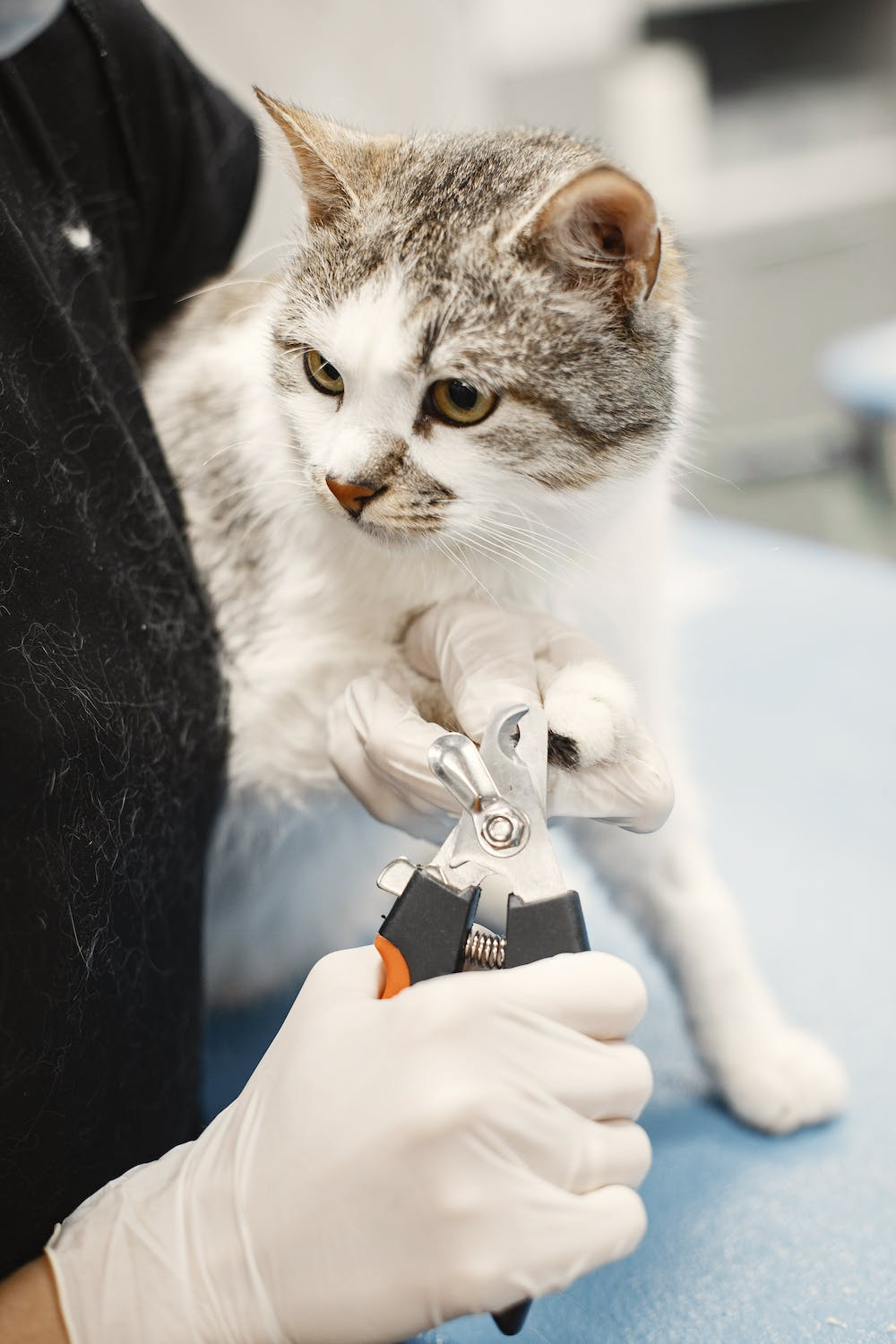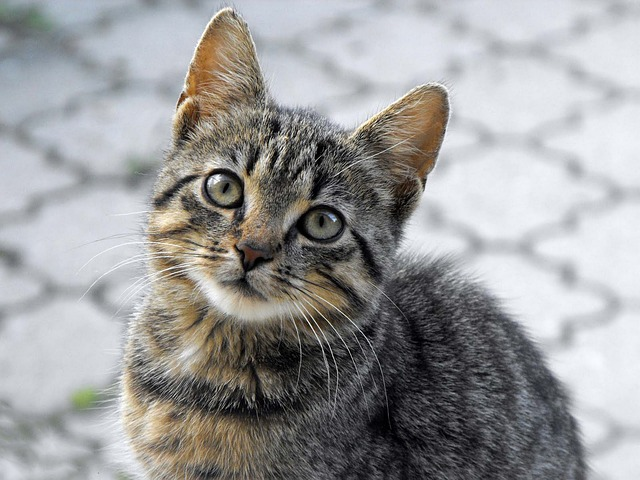Cats are one of the most popular pets in the world, but how long do cats live? They’re cuddly, playful, and can provide their owners with years of companionship. But how long can you expect your feline friend to live? The lifespan of a cat can vary depending on many factors, such as breed, lifestyle, and overall health. In this article, we’ll explore the average lifespan of cats and provide tips on how to help your cat live a long and healthy life.
How long do cats live?
On average, indoor cats live longer than outdoor cats. The average lifespan of an indoor cat is around a cat life expectancy of 12 to 15 years, while outdoor cats’ lifespans are a little shorter, at around 2 to 5 years. However, some cats have been known to live well into their 20s!
Factors that impact a cat’s lifespan
There are several factors that can impact a cat’s lifespan, such as breed, diet, and overall health. For example, purebred cats tend to have a shorter lifespan than mixed breed cats. Additionally, cats that are overweight or obese may be more prone to health issues that could shorten their lifespan.
Knowing when to say goodbye
Finally, it’s important to know when it’s time to say goodbye to your cat. As cats age, they may develop age-related health issues that can impact their quality of life. It’s essential to work with your veterinarian to determine the best course of action for your cat. In some cases, euthanasia may be the best option to prevent unnecessary suffering.
What is the Right Diet for My Cat?
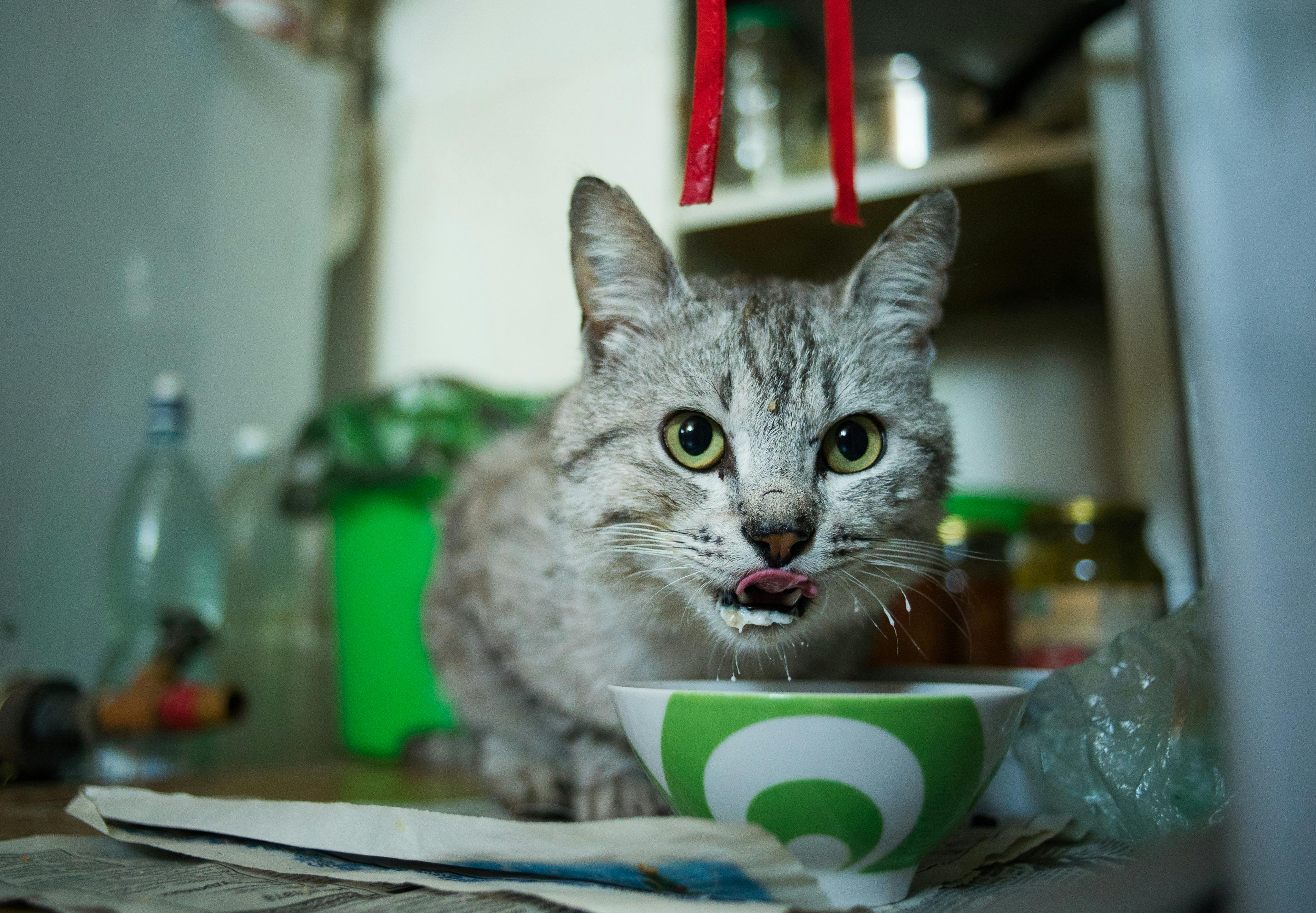
Cats need proper nutrition to maintain their health and wellbeing. A nutritious diet promotes healthy bones and muscles, sustains their energy levels, and keeps their immune system active. The right diet for cats is a balanced mix of protein, carbohydrates, and fats along with essential vitamins and minerals. Feeding your cat the right diet is essential, but what cat food should you choose? In this blog post, we’ll explore the different types of cat foods available and help you find the right diet for your feline.
Wet Food vs Dry Food:
Wet cat food has a high moisture content and is usually made up of meat, grains, and vegetables. Meanwhile, dry cat food is crunchier and has a longer shelf life. Some cats prefer wet food while others prefer dry food. It is important to note that both types of cat food have their pros and cons. Wet food is more hydrating and easier to digest compared to dry food. In contrast, dry food is cheaper and convenient to store.
Age and Health issues:
Cats have different nutritional needs depending on their life stage. Kittens require more calories in their diet to help them grow, while older cats need fewer calories to avoid weight gain. Additionally, cats with health issues like diabetes, urinary tract infections, and kidney issues may need specialized diets. The vet can recommend a special formula of cat food designed to address these cat ages and health problems.
Ingredients:
The quality of ingredients is important when choosing cat food. The first ingredient listed should be a high-quality protein source such as chicken, turkey, or fish. Also, avoid cat foods that contain fillers like corn, wheat, and soy that provide little nutritional value. Instead, look for cat foods with natural preservatives like Vitamin C, Vitamin E, and rosemary extracts.
Homemade vs Commercial Cat Food:
Home-cooked cat food may be ideal for some cat owners as it gives them full control over what their cats eat. However, it may be difficult to balance all the essential nutrients that cats need in their diet, leading to malnutrition. Commercial cat food, on the other hand, is formulated with the right balance of nutrients and can provide complete nutrition for cats. It is also easier to store and prepare.
Supplementary Feeding:
Cats are obligate carnivores, meaning they need a diet that includes animal-based protein. Supplementary feeding is ideal for cats that don’t get enough protein from their main meals. Supplemental feeding can include cooked or raw meat, eggs, and fish. However, it is important not to overfeed cats as it can lead to obesity.
How to Keep Your Cat Active
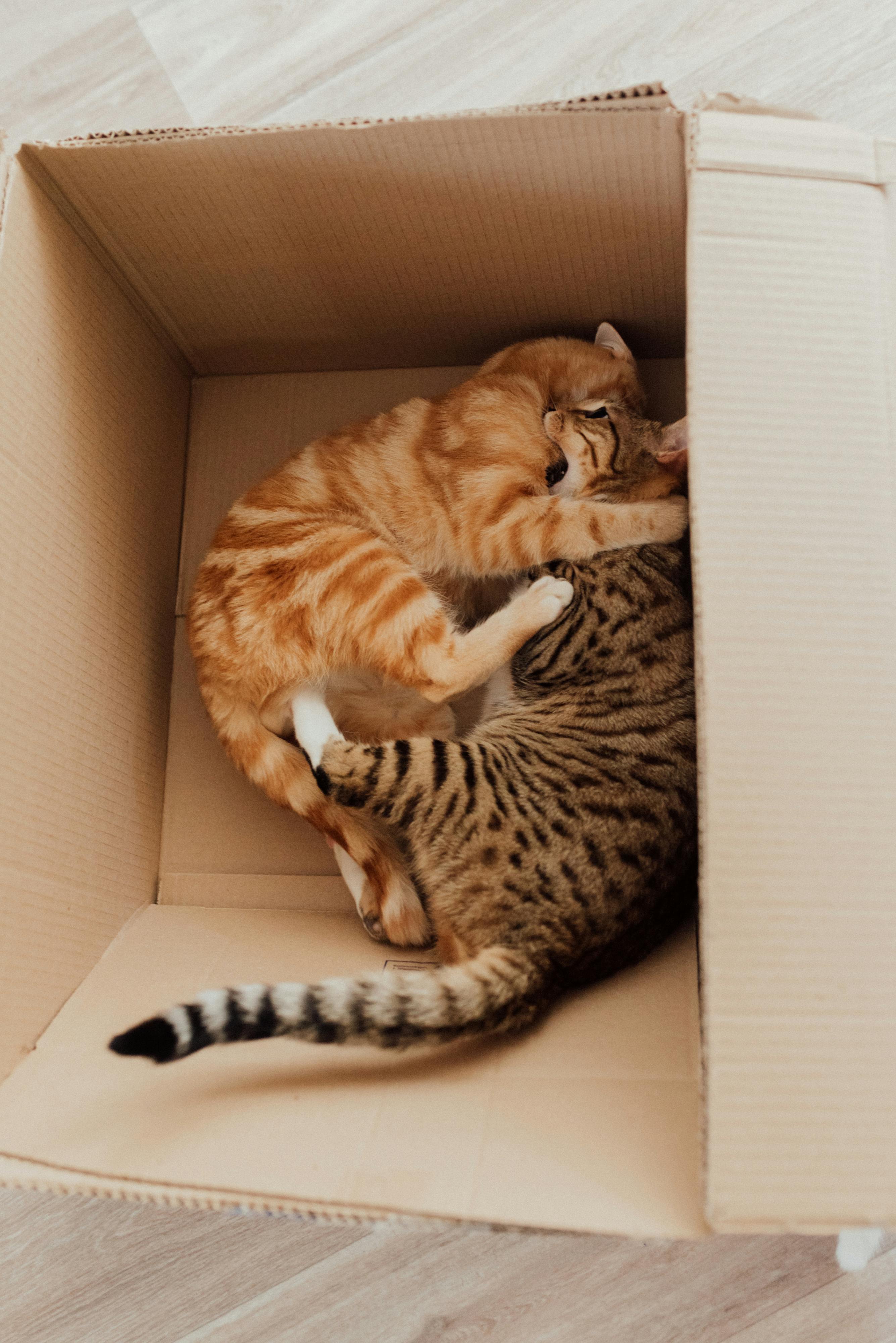
Cats are known to be lazy, slumber-loving animals, and it can be challenging to keep them active and engaged. It’s not uncommon to hear cat owners complain about their feline pets’ inactivity, as this can lead to health problems like obesity, joint issues, and diabetes. However, there are plenty of ways to get your cat moving and burning off some calories. Below, we’ll explore some practical tips on how to keep your feline friend active and happy.
Incorporate Playtime into Your Schedule
One of the best ways to keep your cat active is to play with them regularly. Set aside a few minutes each day to engage in interactive play, such as using a toy on a string, playing hide-and-seek, or chasing a laser pointer. Not only will this physical activity help your cat burn off some energy, but it will also promote bonding between you and your pet.
Create a Stimulating Environment
Cats naturally love to explore their surroundings, so creating a stimulating environment can encourage them to move around more. Add vertical spaces like cat trees, shelves, and window perches that encourage climbing and jumping. Use puzzle feeders to make mealtime more interactive. Consider hiding treats around the house for your cat to find. The more ways you stimulate your cat’s life, the more natural exercise they will inadvertently get.
Encourage Outdoor Exploration
Indoor cats may miss out on some crucial exercise opportunities compared to the typical outdoor cat, so take some time to let them outside for a daily adventure. A large enclosure or a harness and leash can allow your cat to explore the outdoors safely. Fresh air and sunshine provide excellent opportunities for mental and physical stimulation and can be an excellent antidote to boredom and restlessness.
Consider Adopting a Second Cat
If you can afford it, adopting a second cat could be an effective way to keep your feline friend active and engaged. Many cats thrive on social interaction with other felines, so a companion cat can provide an opportunity for play and exercise that no human could match. It’s vital to introduce them gradually so they can adapt to each other without undue stress.
Make Time for Your Cat
Cats thrive on attention, and the more time you spend with your pet, the more likely they are to stay active. Grooming, petting, and spending time in the same room as your cat can encourage them to move and play. The more you dote on your cat, the more they’ll be willing to engage with you.
Keeping your cat active is vital for their physical and mental health, and there are plenty of opportunities to encourage exercise and physical activity. Incorporating playtime and creating an engaging environment are excellent ways to keep your feline friend busy and active. Outdoor exploration, adopting a second cat, and spending time with your pet also encourages a healthier lifestyle. By following these tips, you can help your cat lead a happy and active life.
The Importance of Regular Vet Check-Ups for Your Feline Friend
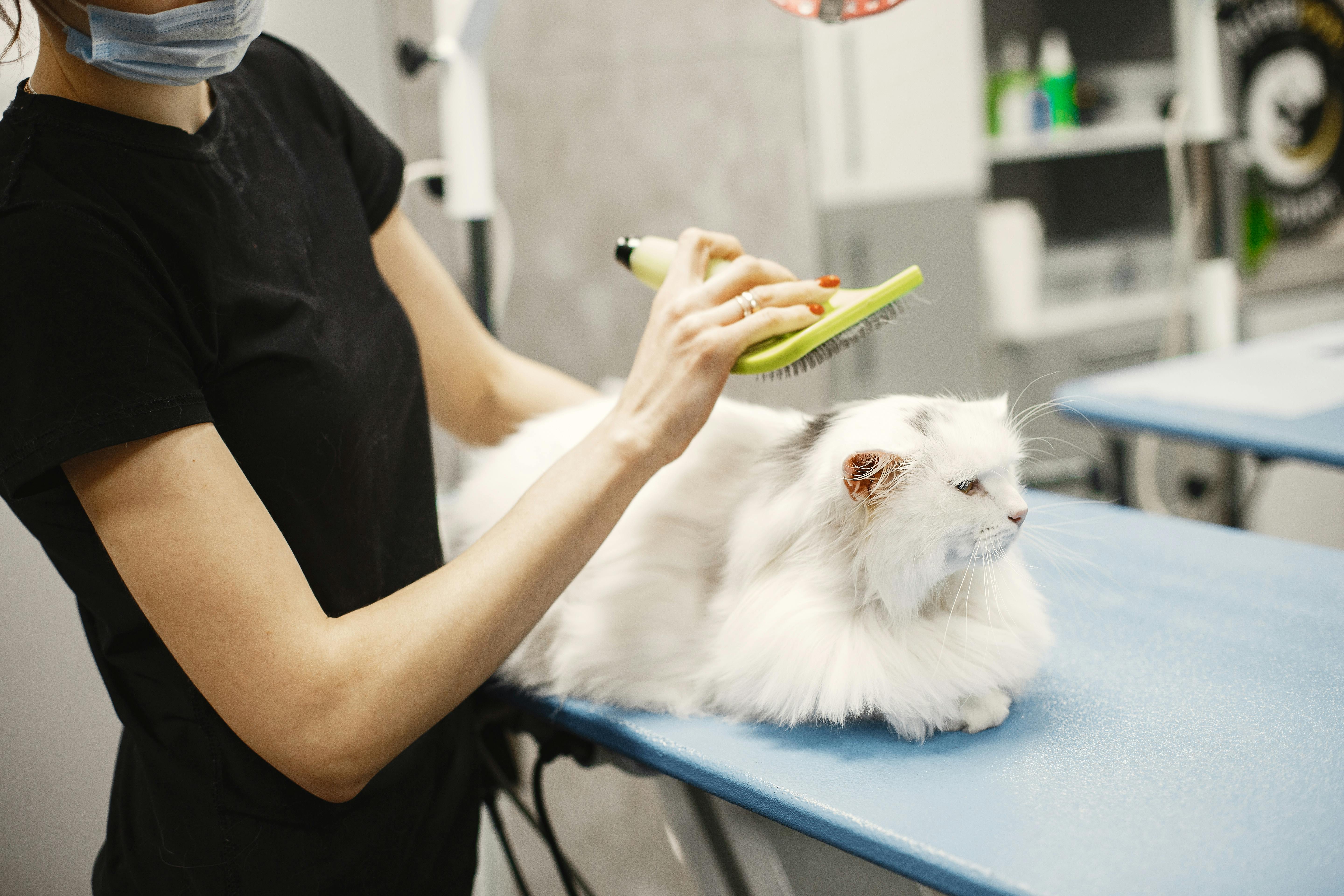
As cat owners, we all know how self-sufficient and independent our cats can be. They seem to have everything under control, from their food to their litter box. However, just like us, cats need proper medical attention to stay healthy and avoid any potential health issues. Lets discuss the importance of regular vet check-ups for cats your cat’s age and why it’s essential to keep up with their medical needs.
Addressing Health Concerns Early On:
Cats are notorious for hiding their pain and discomfort. In many cases, they may not show any signs of health issues until it’s too late. A regular vet check-up gives your vet an opportunity to catch any potential health issues early on. This way, your cat can get the proper treatment it needs, avoiding any further complications down the line.
Prevention is Better Than Cure:
Preventing health issues is always better than treating them. Regular vet check-ups help to identify potential risks and prevent them from ever occurring. For instance, regular vaccinations can prevent your cat from contracting deadly diseases, such as feline leukemia virus (FeLV) and feline infectious peritonitis (FIP).
Healthy Lifestyle:
Just like humans, cats need to maintain a healthy lifestyle to prevent any health issues. During a vet check-up, your vet may recommend changes to your cat’s diet and exercise routine if needed. This can help your cat’s behavior, improve their overall health, prevent obesity, and keep their weight in check.
Mental Health Check-Up:
Did you know that cats can suffer from mental health issues such as stress, anxiety, and even depression? These issues can take a significant toll on your cat’s health and wellbeing. Regular vet check-ups provide an opportunity for your vet to assess your cat’s mental health and recommend any changes to their environment or routines that may help to alleviate stress.
Keeping Your Cat’s Medical Records Up-to-Date:
Finally, regular vet check-ups help to keep your cat’s medical records up-to-date. This can be helpful if you need to provide documentation for travel or if you decide to change vets. Additionally, it can be helpful for your vet if your cat needs treatment for any health issues in the future.
In conclusion, the lifespan of a cat can vary based on many factors. Providing a healthy diet, regular exercise, and veterinary care can all contribute to a longer lifespan for your cat. We hope this guide has provided you with valuable information to help you understand how to care for your feline friend and keep them healthy and happy for as long as possible. Remember, your cat depends on you for their health and happiness, so take care of them and cherish the time you have together.
Sirius Veterinary Care is here for you and your cat to make sure they live a long, happy life.


